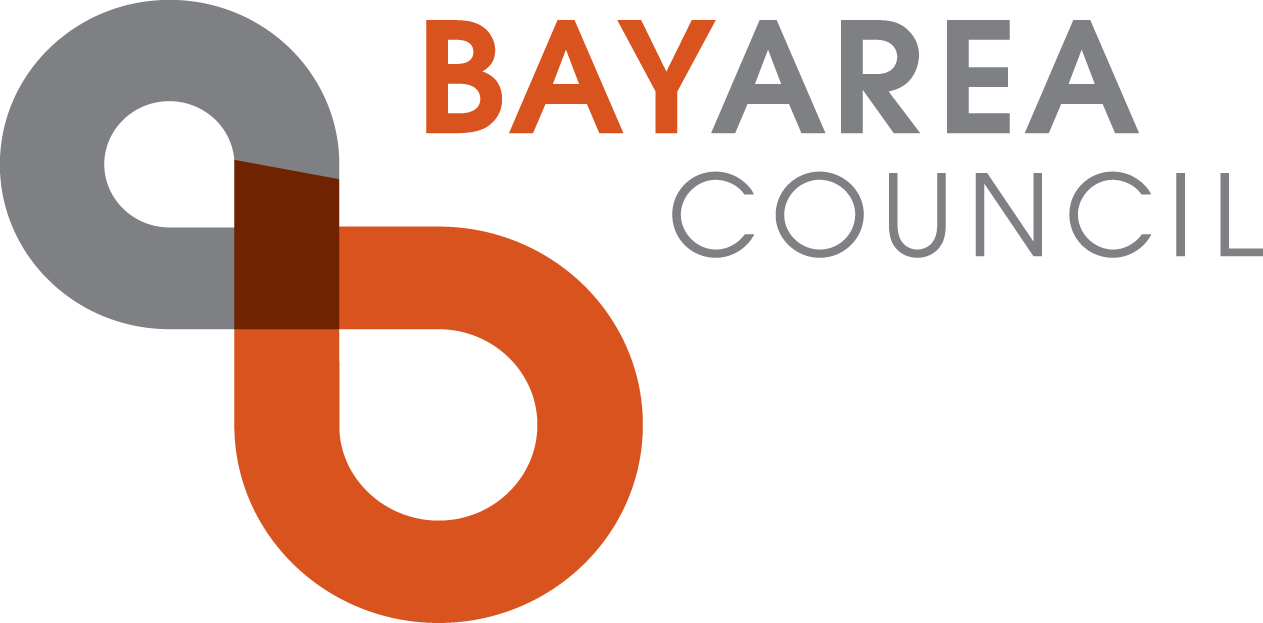Interim Housing, Long a Council Priority, Gaining Momentum
The shift away from a “housing only” approach to homelessness that the Bay Area Council has been advocating for years is starting to gain serious momentum. Just this week, San Jose Mayor Matt Mahan helped lead the ribbon-cutting on a 136-bed tiny home community that marks the 11th interim housing site opened this year and moves the city within a stone’s throw of reaching its goal of tripling shelter capacity. Interim housing can be built faster and much more affordably than traditional housing.
Making the project even more exciting was the public private partnership used to develop it, with Council members Valley Water providing the land and DignityMoves building the project. DignityMoves CEO Elizabeth Funk serves as co-chair of our Homelessness Committee and joined Mayor Mahan and others at the ribbon-cutting. John Sobrato, founder of Council member The Sobrato Organization, personally contributed $1 million, along with major contributions from Good Samaritan Hospital and others.
Interim housing is also taking hold in San Francisco, where Mayor Lurie recently announced the opening of a 42-bed complex for homeless youth that features a variety of social and other services to help residents stabilize their lives. It’s all part of a much broader initiative by Mayor Lurie to transform the city’s response to homelessness.
These announcements come on the heels of the Bay Area Council-Beyond Homelessness Texas Delegation, where Council members and elected officials visited homeless housing sites in San Antonio and Austin, Texas, and discussed programs and policies with their local counterparts. The Council is hosting a follow-up discussion with participants of the delegation to discuss opportunities for regional action. Delegation organizer Michael Seiler recently authored a commentary about the delegation that ran in the San Francisco Business Times.
Additionally, the Trump Administration last week announced major reforms to the federal Continuum of Care program, the nation’s largest homeless assistance program. The changes would shift the program’s support of permanent supportive housing from ~90% of program spending to 30%, with the balance shifted to interim housing, shelter, and recovery and drug treatment.
The Bay Area Council looks forward to working with our partners at all levels of government to take full advantage of program changes to bring people indoors and stop the cycle of trauma imposed by unsheltered homelessness while preventing evictions of seniors and the disabled at the region’s permanent supportive housing projects. To engage with the Council’s Homelessness Committee please contact Senior Vice President Adrian Covert.





